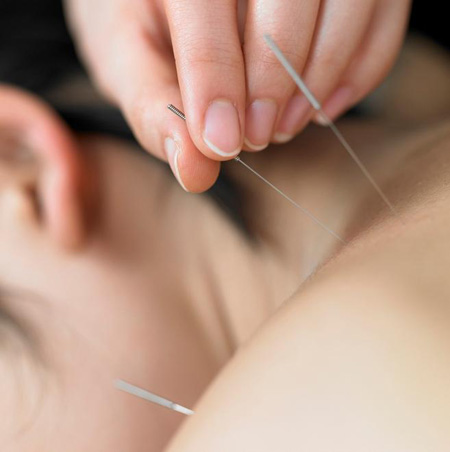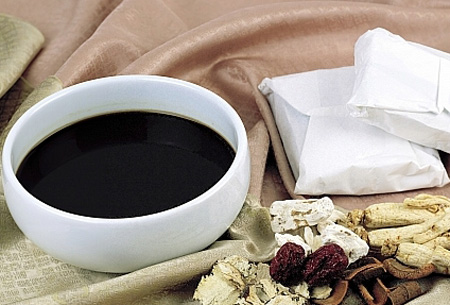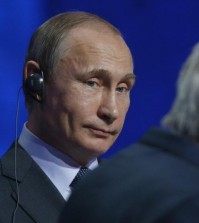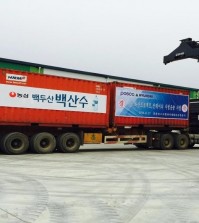- California Assembly OKs highest minimum wage in nation
- S. Korea unveils first graphic cigarette warnings
- US joins with South Korea, Japan in bid to deter North Korea
- LPGA golfer Chun In-gee finally back in action
- S. Korea won’t be top seed in final World Cup qualification round
- US men’s soccer misses 2nd straight Olympics
- US back on track in qualifying with 4-0 win over Guatemala
- High-intensity workout injuries spawn cottage industry
- CDC expands range of Zika mosquitoes into parts of Northeast
- Who knew? ‘The Walking Dead’ is helping families connect
Next up: Korean medicine
Korea is seeking to have their version of Oriental medicine recognized
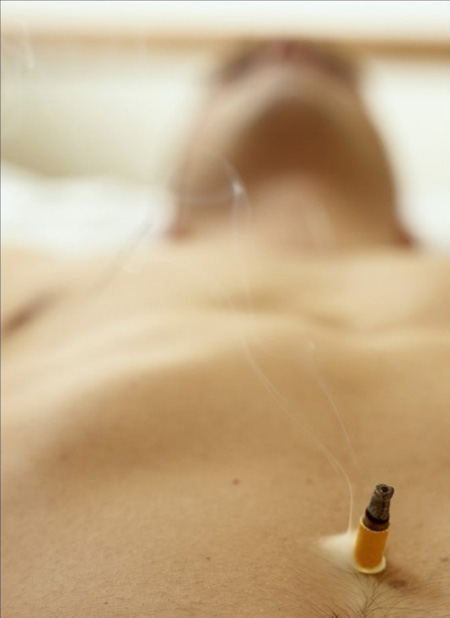
In the top photo, a patient is receiving moxibustion, a traditional medical practice that is proven to be helpful in relieving pain by burning small cones of dried herbs on certain designated points of the body. (Korea Times files)
By Park Si-soo
Korea is seeking ways to have its version of traditional Oriental medicine and related practitioners recognized and wanted in other countries.
The campaign kicked off many years ago as complementary and alternative medical services were perceived as increasingly profitable. It recently gained further momentum when President Park Geun-hye pledged her full-fledged support for the growth of the medical services sector during her New Year’s news conference on Jan. 6.
Calling it a “key” segment for consistent economic development, along with education, tourism, finance and software, the President unveiled a set of bold deregulation plans aimed at facilitating investment into the industries.
Health ministry officials said the deregulation plan on the medical industry has been discussed since the middle of last year, adding it will help facilitate the globalization of Korea’s traditional medicine.
“This is a landmark year for the traditional medicine industry,” said Jung Joo-young, an official of the ministry’s bureau of traditional Korean medicine.
“The ministry allocated 1.5 billion won ($1.41 million) for the first time to support traditional Korean medicine clinics and practitioners going overseas.”
A concrete plan for spending has not yet been decided, he said, adding the ministry is now in talks with related organizations to determine how to use the budget with high efficiency. The official refused to elaborate further.
Nam Hyo-joo, a manager of international affairs at the Association of Korean Medicine (AKOM), which represents roughly 20,000 licensed traditional medicine doctors here, also didn’t provide detailed information about how the globalization project would go forward. But he made it clear that a core part of the project is opening traditional Korean medicine clinics in some “strategically important” nations and let patients there be treated by Korean practitioners.
“We are in talks with some countries about the issue,” Nam said. “The biggest stumbling block lying ahead is that there is no country recognizing the traditional medicine doctor license issued in Korea, which means the license’s holders here are not allowed to provide medical services beyond the borders. Without that recognition, all things we are pushing forward are meaningless.”
The government is currently trying to win China’s cross-recognition of the license but has faced difficulties in reaching an agreement.
“This issue is included in the ongoing free trade talks with China,” Jung said. “At this point, I have nothing to tell for sure.”
Attention from Russia
AKOM chief Kim Pil-gun is putting increasing pressure on the government to find a breakthrough in the matter. To do so, he set the globalization of traditional Korean medicine as his association’s top agenda for this year, highlighting the sector’s growth potential in overseas markets.
“We’ve found a growing demand for our traditional medicine in many countries,” Kim said in his New Year’s message. “Many countries in Europe and the Central Asia are increasingly interested in our traditional medicine. We should not miss the opportunity.”
The rising overseas attention to traditional medicine was verified in past events.
In December, a group of Russian politicians and bureaucrats met Kim and other ranking AKOM officials in Seoul to discuss a variety of issues centered on the opening of a hospital offering traditional medicine in Russia. They also discussed ways to export a training system for Russian medical students.
In the same month, another group of Russian delegates, headed by the vice chief of the country’s social welfare provider, visited Seoul, seeking AKOM’s cooperation in treating Russian patients, and teaching Russian medical school students traditional medicine and related techniques.
The Russian delegation showed a positive reaction concerning the recognition of the Korean license in the European country, according to AKOM spokesman Kang Dong-oh.
In October, Kim travelled to Slovakia and signed an agreement with an academy specializing in alternative medicine, under which the two organizations will join forces to run a wide range of academic exchange programs.
“The agreement is meaningful in that Slovakia is a member state of European Union,” Kim in a statement released in October.
“The agreement will make it easier for our traditional medicine to be promoted in other European countries, especially Slovakia’s neighbors such as Austria, Hungary and the Czech Republic.”
In 2011, the government announced a set of measures to foster the traditional medicine industry, under which it plans to make investment worth 1 trillion won by 2015 to make it a 10 trillion won market. The market was valued at 7.4 trillion won as of 2009, the latest data available, according to the health ministry.
The global demand for complementary and alternative medical services is estimated at $200 billion as of 2008 and is expected to rise to $5 trillion by 2050, according to the ministry.
India has 20 percent, the biggest slice of the market, followed by China with 17 percent, Germany with 12 percent, Mexico with 6 percent and Chile with 5 percent. Korea falls a little bit behind with 3 percent.
Under the 2011 plan, the government is trying to see traditional medicine’s treatment efficiency recognized by the World Health Organization as part of efforts to promote it globally.
In the latest achievement enhancing the plan’s feasibility, Korea’s traditional medicine doctor duo — Kim Ji-man and Kwon Seung-won — proved that drinking a liquefied herbal medicine in the traditional way, named “Bojungikki-tang” is helpful in treating chronic pelvic pain syndrome.
The results of their study were published by the Journal of Alternative and Integrative Medicine in January under the title, “The Effect of Bojungikki-tang on Chronic Pelvic Pain Syndrome: Case Series.”








